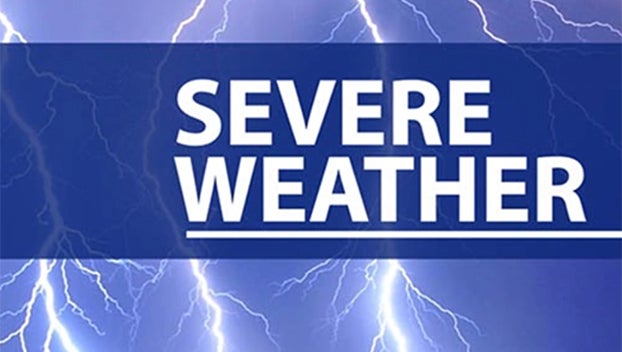Safety first when operating a generator
Published 12:16 pm Friday, August 28, 2020
|
Getting your Trinity Audio player ready...
|
By Dawn Burleigh
With three persons in Port Arthur reported dead due to improper use of a generator, it is imperative to use the device with safety in mind.
The primary hazards to avoid when using a generator are carbon monoxide (CO) poisoning from the toxic engine exhaust, electric shock or electrocution, and fire. Follow the directions supplied with the generator. (Learn more about carbon monoxide poisoning.)
- To avoid electrocution, keep the generator dry and do not use in rain or wet conditions. Operate it on a dry surface under an open canopy-like structure, such as under a tarp held up on poles. Do not touch the generator with wet hands.
- Be sure to turn the generator off and let it cool down before refueling. Gasoline spilled on hot engine parts could ignite.
- Store fuel for the generator in an approved safety can. Use the type of fuel recommended in the instructions or on the label on the generator.
Store the fuel outside of living areas in a locked shed or other protected area. To guard against accidental fire, do not store it near a fuel-burning appliance, such as a natural gas water heater in a garage, according redcross.org.
Never use a generator, grill, camp stove or other gasoline, propane, natural gas or charcoal-burning devices inside a home, garage, basement, crawlspace or any partially enclosed area.
Keep these devices outdoors, away from doors, windows and vents that could allow carbon monoxide to come indoors.
Opening doors and windows or using fans will not prevent CO buildup in the home. Although CO can’t be seen or smelled, it can rapidly lead to full incapacitation and death. Even if you cannot smell exhaust fumes, you may still be exposed to CO. If you start to feel sick, dizzy, or weak while using a generator, get to fresh air RIGHT AWAY – DO NOT DELAY.
Install CO alarms in central locations on every level of your home and outside sleeping areas to provide early warning of accumulating carbon monoxide.
A safe place to operate the generator is at least 20 feet from the house with the engine exhaust directed away from windows and doors.
Carbon monoxide is a colorless, odorless, tasteless gas. Improperly ventilated appliances and engines, including generators, particularly in a tightly sealed or enclosed space, can allow carbon monoxide to accumulate to dangerous levels.
Signs and symptoms of carbon monoxide poisoning may include:
-
Dull headache
-
Weakness
-
Dizziness
-
Nausea or vomiting
-
Shortness of breath
-
Confusion
-
Blurred vision
-
Loss of consciousness
Carbon monoxide poisoning can be particularly dangerous for people who are sleeping or intoxicated. People may have irreversible brain damage or even die before anyone realizes there’s a problem.
If you think you or someone you’re with may have carbon monoxide poisoning, get into fresh air and call 911.





